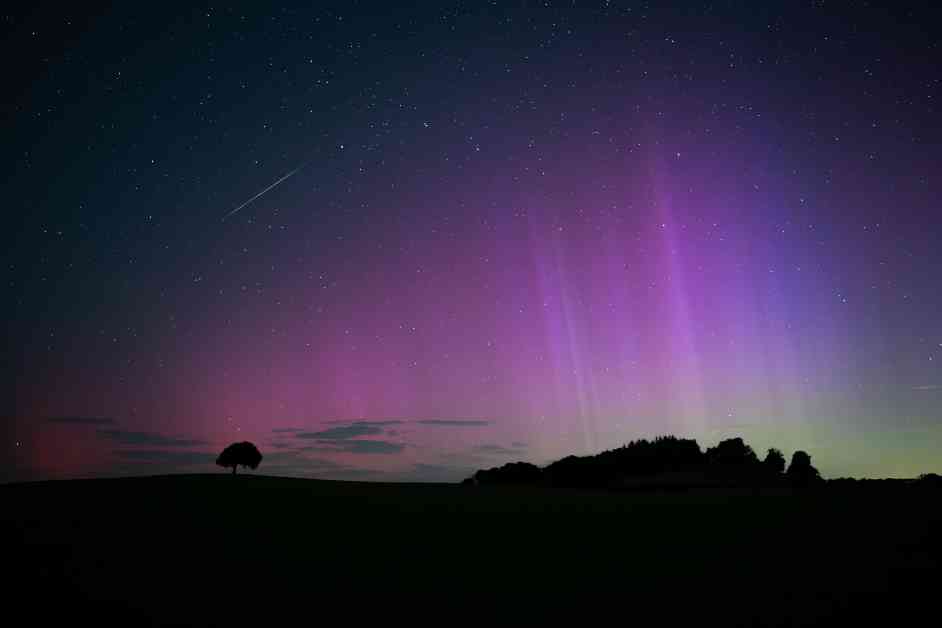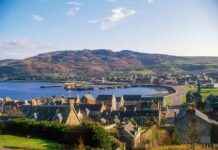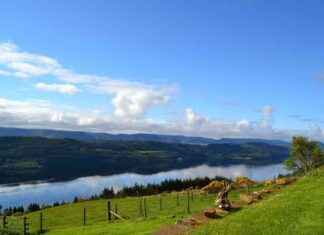The Met Office has confirmed that people in Scotland have a good chance of seeing the Northern Lights on Thursday night. This natural phenomenon, also known as aurora borealis, may also be visible in Northern Ireland and parts of England.
According to Met Office spokesman Stephen Dixon, there have been more space weather events in recent months due to the sun nearing the peak of its solar cycle. This has increased the likelihood of seeing the Northern Lights in the night sky.
There is a possibility of visible auroras across various parts of the UK on Thursday night and into the early hours of Friday. The best visibility is expected in Scotland and Northern Ireland, with a chance of sightings in the north of England as well. Even the Midlands may catch a glimpse of the auroras with the help of a camera with long exposure capabilities.
It is advised that the further north you are, the better your chances of seeing the Northern Lights. The weather forecast indicates relatively clear skies for most of the UK, except for some parts of the west of Scotland where showers and patchy clouds are expected.
While there may be residual viewings over the weekend, the main focus for aurora visibility is Thursday night. Rain and cloud cover could hinder visibility over the weekend, especially in Scotland.
The Northern Lights are a result of geomagnetic storms originating from solar activity. The sun operates on an 11-year cycle known as the solar cycle, with peak sunspot activity referred to as solar maximum. This activity can lead to Earth-directed bursts of energy called coronal mass ejections, which in turn can cause auroras to be visible.
As we are near the peak of the solar cycle, more space weather events are expected in the coming months. The Met Office Space Weather Operations Centre anticipates the solar maximum to occur later this year or early next year. Even after the peak, it will still be possible to see the Northern Lights in the UK.
Aurora displays occur when charged particles interact with gases in the Earth’s atmosphere near the magnetic poles. These collisions emit light at different wavelengths, resulting in vibrant and colorful displays in the night sky. So, if you find yourself in Scotland on Thursday night, be sure to look up and you may just witness the mesmerizing beauty of the Northern Lights.
































